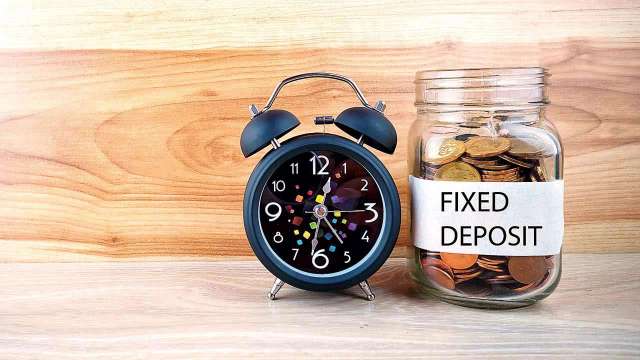Banking
Investment: Do you need to invest in bank FDs

Bank fixed deposit is one of the most popular investment product. It is liked by many, especially the conservative investor. Reasons being high liquidity and lower risk along with a fixed return. But have you ever thought about the fact that a higher exposure to FD eats into your returns big time because, one- it is not tax free and two- it cannot beat inflation.
Indians conventionally have been parking their money majorly in bank deposits or even postal deposit schemes. Due to the lack of awareness about equity and for a desire to protect their principal investment and returns, deposits are considered safer options.
In the past, it may have been fine to invest in FDs. But given the upgrade in lifestyles, it has become tough for people to manage expenses by continuing investments in the same old-fashioned low returns bearing financial products. That too needs an overhaul. Investor fail to realise that their returns are being compromised on account of their fear or need of safety. This does not allow their money to grow at a faster rate.
The first big dent that FD returns do to you is the tax you pay on it. Investors often look at the gross rate of FD return, rather than the net post-tax returns. So, even if a bank FD is offering say 7.50% returns and if your total income is already more than Rs 10 lakh in a financial year, then you would end paying 30% tax (excluding cess) on this return. So, your net returns would be only 5.25% (that is, 7.50% – 30% tax). This happens because your FD is subject to your normal slab of tax rate. This single disadvantage should keep you away from investing in FDs. Rather, you should focus tax planning which can help you save the tax on FDs. The same can then be invested elsewhere to earn better returns.
The second big turn off is the inflation rate. Your FD returns will only be able to match or hover around the inflation rate. In fact, it is already established that FDs returns cannot beat inflation. The typical inflation rate may range from say 6 to 7%, but that does not take in to account your lifestyle inflation that is, the change in your standard of living, emergent or sudden expenses, things you spend your money on such as, foreign travel, gadgets, apparels, etc, which were not there earlier or were nominal. Given the lifestyle and other higher expenses on education, medical, etc, your money has to work harder than you think and beating inflation is no longer a choice but a necessity.
Given that there is a growing concern about banks going bankrupt, due to issues like bank scams and rising non-performing assets, even the safety part of FDs is no longer valid. In fact, you be aware that only Rs 1 lakh of your FD investment is insured by the government.
The most important thing is to do a comprehensive financial planning to meet your financial goals. This will help you figure which goal requires which combination of financial products to invest in. So, focus on investing in a good mix of products offering higher returns, more tax efficiency and the capacity to beat the inflation evil. Invest in FDs only if you are in a stage of your life when you seek very safe return, say post retirement. But a young investor can take higher risk and invest more in other assets such as mutual funds or stocks that offer higher returns.









































